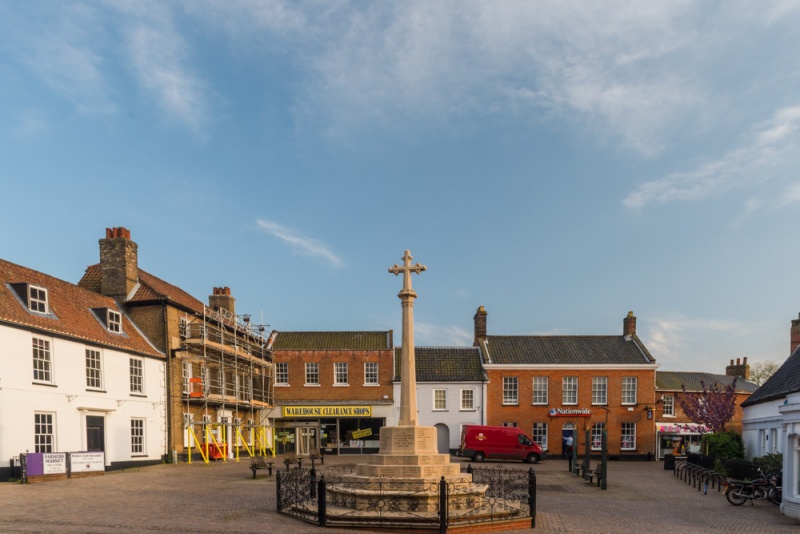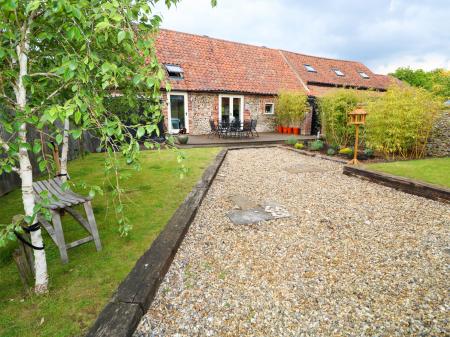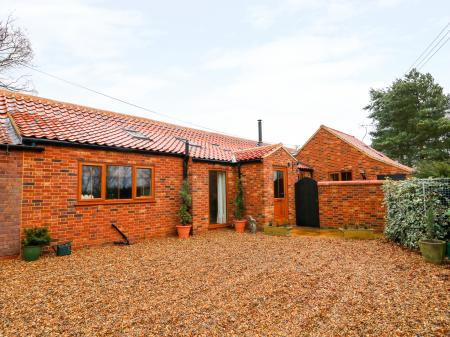
History
Fakenham dates back to at least the time of the Domesday Book. It was granted a market charter in 1250, and the market is still held today.
Just behind the marketplace is the medieval church of St Peter and St Paul. This is a 14th-century building with a 15th-century tower.
There was a Saxon church on this site, and stones from that ancient building are incorporated into the northeast corner. Beginning around AD 1070 the Saxon building was replaced by a new stone building. The north doorway is part of this Norman building.
Highlights inside the church include the restored chancel screen and a beautifully carved 15th-century font. Near the altar are medieval brasses, and outside the Trinity Room are an unusual set of 4 small heart-shaped brasses. Also near the altar is a finely carved 14th-century sedilia, and on the north wall of the Trinity Room is an 18th-century painting of Dr John Hacket, a former rector. Dr Hacket is buried on the south side of the sanctuary.
The Duke of Lancaster held the manor of Fakenham for many years, and the official name of the town is actually Fakenham Lancaster, though this designation is rarely used.
Just outside the town is Pensthorpe Waterfowl Park, a 500-acre expanse of bird habitat, gardens, and nature trails. On the edge of town is Fakenham Racecourse, a thoroughbred horse racing venue with race meetings throughout the year, including popular meetings for Christmas and New Years Day.
Also nearby is Thursford Fairground, a traditional funfair, with a collection of historic steam engines and organs.
On the southern edge of Fakenham is a unique Museum of Gas and Local History located in the only surviving town gasworks in England and Wales. The gasworks opened in 1846 and was used to make gas by burning coal. The gasworks were in operation until 1965, when the discovery of North Sea oil made gas too expensive.
It reopened as a museum in 1987, with displays of gas lighting, heating, cooking, street lamps, water heaters, cookers, stoves, fires, gas meters, and domestic equipment. In addition, there are exhibits on the history of Fakenham itself, including wartime stories, Fakenham's sporting history, and the printing industry.
Four miles away is Little Walsingham, one of the most popular medieval destinations for devout pilgrims.






 We've 'tagged' this attraction information to help you find related historic attractions and learn more about major time periods mentioned.
We've 'tagged' this attraction information to help you find related historic attractions and learn more about major time periods mentioned.



